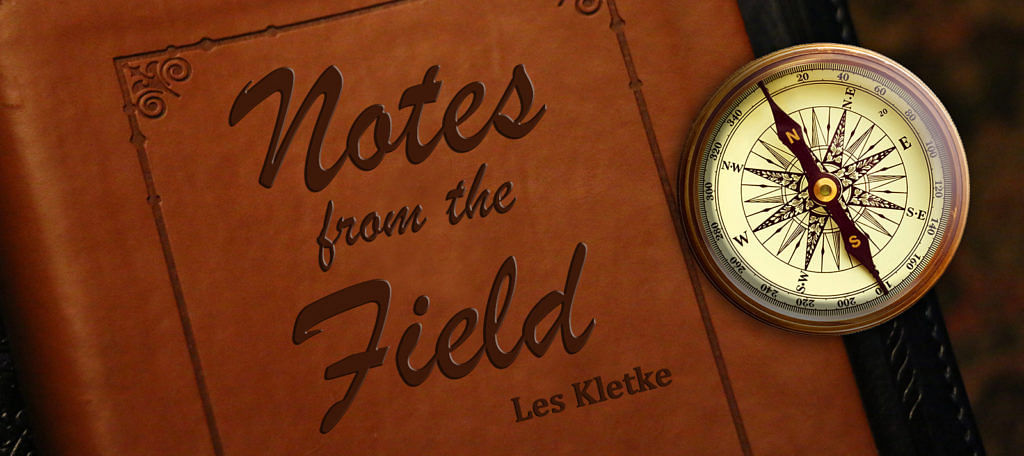
Travelling in South America adds another dimension to the trip—safety. I don’t
mean the wear-your-seat-belt kind of safety or be-careful-on-the-slippery-rocks kind of
safety. I mean Is-it-safe-to-go-there kind of safety.
Our cruise boat docked in Corinto, a port in Chinandega. We had been made
aware that this was an industrial port: there would be few tourist attractions and minimal
shopping within walking distance. The agronomist in me surfaced, and Sandra agreed to
a daylong visit to a banana plantation. If shopping and tourist attractions were not close to
the dock, you can be assured banana plantations were still further away.
The band welcoming us at the dock lacked somewhat in ability but more than
made up for it in volume and enthusiasm. The musicians were insistent on playing their
song until they got it right and we heard it a few times while disembarking. Their
uniforms appeared to be in harmony—if not their music, which showed they had done at
least some preparatory work.
The group that had selected to take the banana tour was small in number, which
was good because it allowed for the walkers to have room at the front of the van. Why
people in wheel chairs and walkers had selected this tour when the brochure clearly said
there would be walking involved was something I could not comprehend but that was
indeed the case.
Leaving the port area we were followed by four motorcycles with armed
patrolmen riding shotgun, or more correctly machinegun. They followed the bus as we
drove through some of the poorest slums I have ever seen. The trip continued through a
shantytown at the edge of the city to an agricultural area that seemed to be carved out of a
jungle.
Judging by the constant looks back at our motorcycle escort most of the people
were not used to this kind of attention. Having been on a few tours of research facilities
where firms were developing new plant material, I naively thought it was to prevent us
from taking any secrets from the banana plantation . . .
The agronomist in me was excited about the tour and I was seated at the back of
the bus beside a middle-aged American who had particularly enjoyed the rum at the
previous stop—so much so that he had brought a small flask with him for the morning
journey.
“They are probably concerned about us stealing seeds for some new variety,” I
said, referring to the guards, thinking he would recognize my banana joke. (Since
bananas are propagated by vegetative growth, banana seeds are safely stored away with
motorcycle doors and sailboat fuel—they do not exist!) My new friend did not catch the
humour of my comment, so I added that I was looking forward to seeing the lab where
seeds were produced, encouraging him to ask questions about seed production.
It was Sunday and a day of rest on the plantation which was probably to our
advantage. We had access to all aspects of the farm from propagation and growing
through to washing and packing in the boxes that end up in grocery stores around the
world.
A bit of research had told me the importance of bananas as a commodity, and
while I take them for granted in the fruit bowl on our counter, there is a lot that goes into
this agricultural product on the way to our kitchen. To give you an idea of the volume of
trade, bananas are the single product generating the most amount of profit for Walmart.
I was unaware that this fruit, so cheaply priced and available year round in our
grocery stores, requires the amount of work it does to produce. While I am a discerning
shopper about a bruise on the skin I was overwhelmed by the degree of quality control
that goes into producing a specimen I take for granted in the local store.
The fact it was Sunday and the packing and washing lines were not running gave
the guide an opportunity to let us try our hands at a spot on the line and experience how
quickly decisions had to be made about the fruit, and how a banana bunch would be
separated with a stroke of the razor sharp trimming knife.
We did have the benefit of a farm manager hosting the tour. I was surprised to
hear that sclerotinia, a plant fungus I was familiar with in canola was also a problem in
growing bananas.
He addressed the issue of new varieties and the propagation of new plants.
Another surprise when he mentioned Cavendish Farms in Canada, a name I knew from
the potato business but had never connected to bananas. That is an added benefit of
travelling, seeing how small the world really is.
It was time to board the bus. I felt sorry for the person who had been relegated to
a seat on the bus for the entire tour; banana fields are not wheel chair friendly, but maybe
that is why they included those descriptions on the tour brochures.
We headed back to port with our motorcycle guards in tow. It wasn’t until we
were safely deposited back at the dock, that our guide informed us the country was in the
midst of a certain amount of political turmoil. The guards who had accompanied us all
afternoon were there to protect us from the danger of kidnapping or some other harmful
activity by a political group.
Undeterred, back at the ship with a couple hours left before departure, I decided to
walk into the area around the port. My initial observation had been correct; it was one of
the poorest areas I have visited but it was Sunday evening and people were sitting on
their steps and enjoying the evening. I met one of the staff from the ship and somehow
we felt safe with the two of us wandering the streets together, purchasing malted
beverages and continuing our tour.
